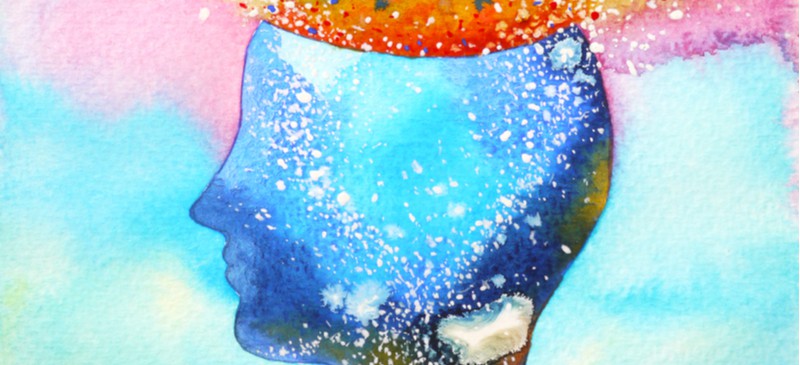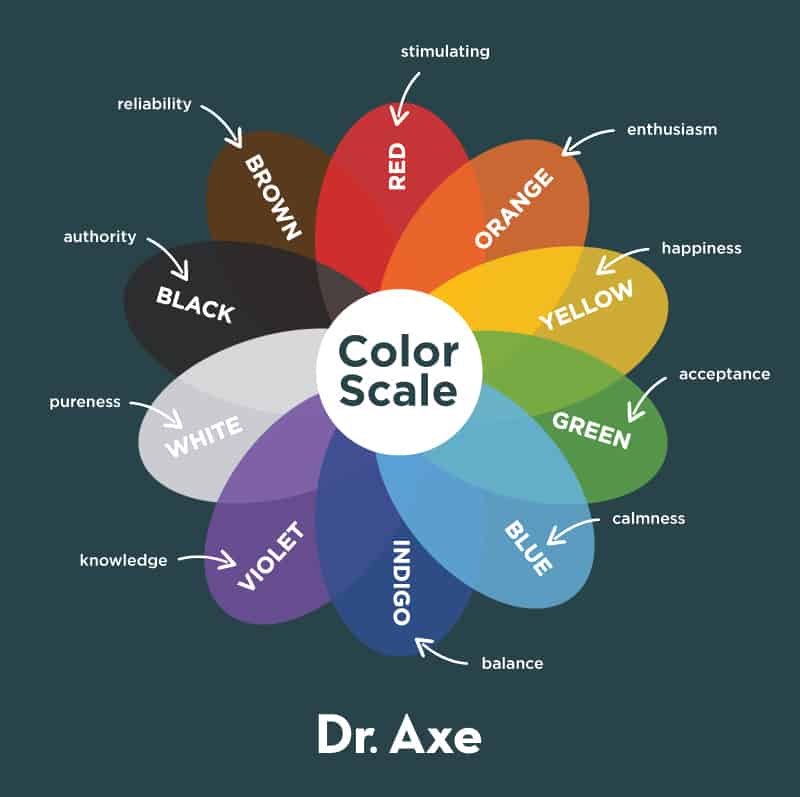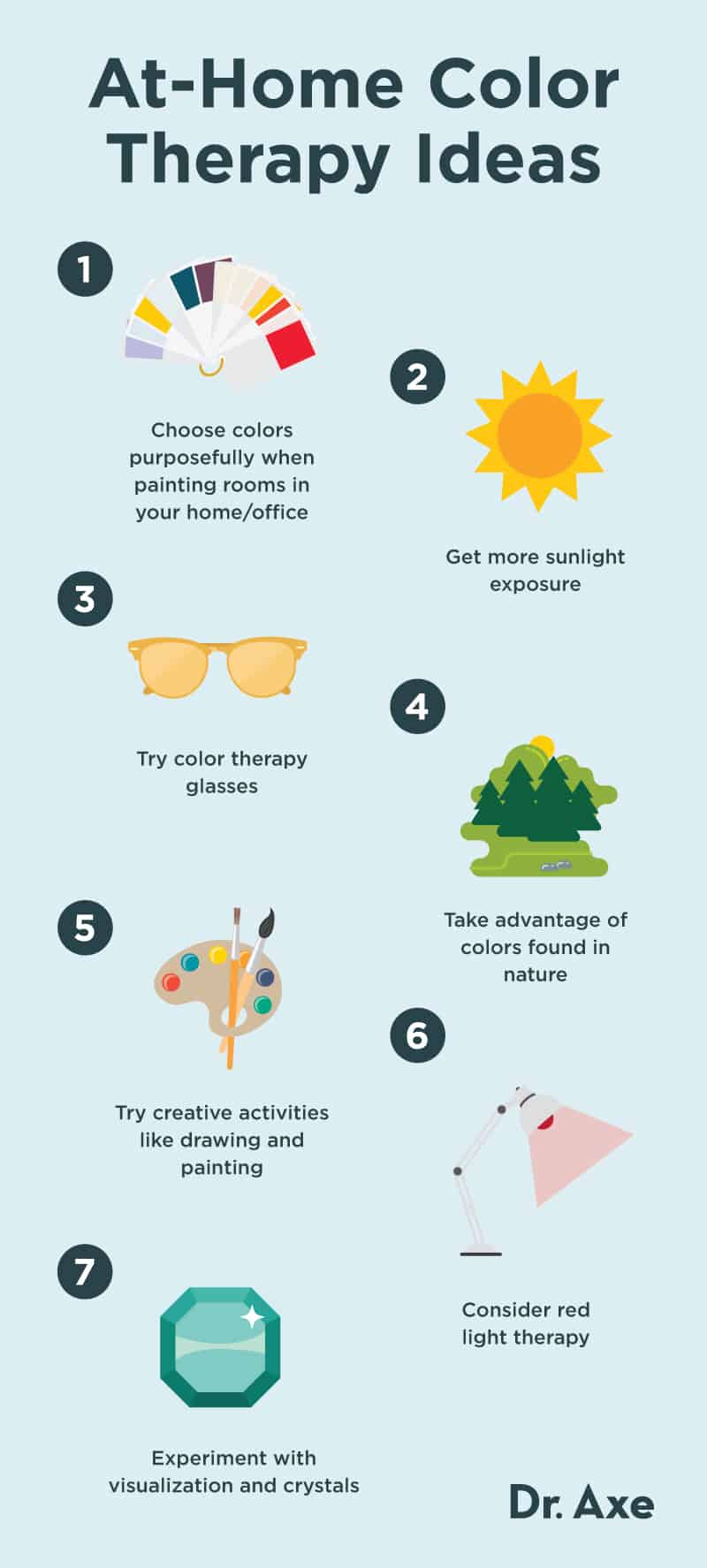This Dr. Axe content is medically reviewed or fact checked to ensure factually accurate information.
With strict editorial sourcing guidelines, we only link to academic research institutions, reputable media sites and, when research is available, medically peer-reviewed studies. Note that the numbers in parentheses (1, 2, etc.) are clickable links to these studies.
The information in our articles is NOT intended to replace a one-on-one relationship with a qualified health care professional and is not intended as medical advice.
This article is based on scientific evidence, written by experts and fact checked by our trained editorial staff. Note that the numbers in parentheses (1, 2, etc.) are clickable links to medically peer-reviewed studies.
Our team includes licensed nutritionists and dietitians, certified health education specialists, as well as certified strength and conditioning specialists, personal trainers and corrective exercise specialists. Our team aims to be not only thorough with its research, but also objective and unbiased.
The information in our articles is NOT intended to replace a one-on-one relationship with a qualified health care professional and is not intended as medical advice.
Color Therapy Benefits for Mood & More (Plus How to Do It)
March 14, 2021

The use of color for healing — aka color therapy — dates back as at least 2,000 years to Ancient Greece, Egypt and China, where color and light in the form of sunlight, crystal reflections, paints and plants were utilized to improve people’s moods.
What is color therapy, and how does it work? Today, color therapy is based on the understanding that one’s surroundings and environment can influence her or his state of mind.
As a form of art therapy, it’s often used to help people express themselves, gain insight into their emotions, and help manage feelings of overwhelm, stress, depression and hopelessness.
Below we cover the research behind this approach, plus discuss how to get started using methods like color therapy glasses and apps.
What Is Color Therapy?
Color therapy, also sometimes called chromotherapy, is an alternative remedy and form of art therapy that utilizes color and light to treat physical and mental health conditions.
The main idea behind color therapy is that different colors evoke different responses in people. Some colors are considered to be more stimulating and energizing, while others are more soothing and calming.
Based on this idea, it may be possible that color exposure can impact one’s overall mood, motivation, sleep, outlook, appetite and decision-making.
While more research is warranted to prove how well color therapy works for different applications, it’s thought to possibly help:
- attention span, learning and academic performance
- aggressive behavior
- blood pressure
- breathing capabilities
- athletic performance and recovery
- muscle relaxation
- sleep quality, including by reducing insomnia and daytime lethargy
- migraines and headaches
- fibroid pain
- vision problems
- other impacts of stress
How It Works (Research)
Is color therapy effective? Research overall suggests that use of certain colors and light (which is an “illuminated form of color”) can be useful for helping improve emotional well-being, which translates to positive effects on physical health.
It’s also generally accepted that color plays a role in a number of mental processes, evidenced by the fact that color psychology is used in marketing and advertising all the time. For example, as the Art Therapy Blog explains, “Color is consistently used in an attempt to make people hungry, associate a positive or negative tone, encourage trust, feelings of calmness or energy, and countless other ways.”
Color is visible to the human eye because of how it reflects, bends and refracts through particles and objects. Color and light enter our bodies through both our eyes and our skin, and once they do so they lead to electronic impulses that can activate the release of various chemicals and enzymes that affect how we feel.
As a 2005 review on chromotherapy explains the science of color: “Light is electromagnetic radiation, which is the fluctuation of electric and magnetic fields in nature. More simply, light is energy, and the phenomenon of color is a product of the interaction of energy and matter.”
Each color has its own wavelength, frequency and quantity of energy. All colors that we can see fall on the visible spectrum of light, and they have their own electromagnetic frequencies.
Each unique frequency relates to a color of the rainbow: red, orange, yellow, green, blue, indigo, violet. Each color has a different effect, so different colors are used for different purposes.
What colors are healing, and which are stimulating?
Warm colors typically spark a variety of stimulating emotions, while cool colors tend to be calming. Neutral colors, such as white and beiges, also usually have relaxing effects.
Not all effects of colors are positive. For example, red can sometimes promote anger, while blue and black may promote sadness.
Color healing, which focuses on energy centers and other aspects of spirituality, is an important part of many practices of Eastern medicine. According to the AmeriDisability website, “healing colors can help to balance the body’s energy centers, also known chakras.”
Here are how different colors are thought to affect your mood and energy levels, according to theories on “chakra balancing” and color therapy:
- Red = stimulating. Associated with the root chakra and spin. Considered grounding, instinctual, life-giving. Thought to promote stamina, passion and circulation.
- Orange = enthusiasm. Associated with the pelvis chair and tied to optimism, pleasure, sexuality, excitement, happiness, energy.
- Yellow = happiness. Associated with the naval chakra and tied to hope, willpower, laughter, warmth, optimism, hunger.
- Green = acceptance. Associated with the heart and tied to healing, balance, love, grounding, nature, growth, health, envy, calmness.
- Blue = calmness. Associated with the throat chakra and tied to communication, knowledge, serenity, wisdom, loyalty, truth.
- Indigo = balance. Associated with the third eye chakra and clairvoyance, pain relief, prosperity, wisdom, royalty, mystery and respect.
- Violet = knowledge. Associated with the crown chakra and imagination, spiritual awakening, calmness, serenity and creativity. Purple utilizes both red and blue to provide a nice balance between stimulation and serenity that is supposed to encourage creativity
- White = pureness. Associated with innocence, cleanliness, neutrality.
- Black = authority. Mostly associated with strength, power, evil mourning, intelligence.
- Brown = reliability. Mostly associated with stability, friendship, sadness, comfort and security.

Benefits
1. Can Help Manage Seasonal Depressive Disorder
One of the main reasons people deal with seasonal affective disorder is because of a lack of sunlight exposure. Too little time spent outdoors in nature and in natural light can increase the risk for depression, especially during the darker winter months when most people are indoors all day long.
That’s because sunlight tends to have a mood-boosting and energizing effect — plus it can help regulate your circadian rhythm, which helps with sleep.
2. Can Have Calming Effects
Certain colors, such as blue, green and light purple, can have a calming effect on the mind and body, leading to physiological changes, such as reduced anxiety symptoms, decreased blood pressure, slowed breathing, and help with relaxation and sleep.
Green, especially when found in nature such as among forests and gardens, is another color that may be used to help people feel more grounded, serene and balanced. Green is also considered the primary color of healing, since it’s associated with nature and growth.
Sometimes art therapists instruct their clients to paint with a certain range of colors that help bring out buried issues or allow them to deal with them more effectively, and often these include colors that can help fight stress, such as lavenders, greens and blues.
Sometimes therapists, especially Eastern medicine practitioners, use colors in conjunction with other methods, like vibrational healing or acupuncture, to help restore someone’s “energy fields” and assist healing and mood stabilization.
3. May Boost Your Energy and Motivation
The color red is one of the warmest and has the opposite effect as cooling colors, such as blue. It tends to be energy-boosting and can lead to increased heart rate, greater stamina due to adrenaline release, and sometimes anger or increased appetite.
Yellow is another warm color that is invigorating. It’s often recommended for people suffering from depression or lack of motivation.
It may also help boost creativity and logic. Therefore along with orange, which promotes productivity, it is often used in school settings.
A 2013 study found that art therapy utilizing colors also helped improve “purpose of life” among patients with post-stroke disabilities.
4. Can Affect Your Appetite
Stimulating colors, such as red, yellow and orange, are associated with motivation, which can increase desire for food and other forms of excitement and reward.
Red may also boost someone’s sense of smell, while blue can have appetite-reducing effects in some cases. This is why places like restaurants, theaters and casinos often use these warm colors to appeal to customers’ senses.
How to Do It
Wondering, “how can I do color therapy at home?” Here are some ideas for implementing the effects of different colors:
- Choose colors purposefully when painting rooms in your home/office — Consider how different colors affect your mood while in a room. For example, light blue, light green and lavender tend to be calming, while warmer colors like yellow and orange are awakening. In classrooms, natural colors such as beige, light green and white may be best, since some intense colors, such as yellow, may be too distracting for some students.
- Get more sunlight exposure — Try to take advantage of sunlight’s uplifting effects by spending at least 20 minutes outdoors each day, which also offers additional mental health benefits by boosting vitamin D levels. Even if the sun isn’t bright and shining, and there aren’t blue skies to be seen, being outside can still be invigorating and relaxing.
- Try color therapy glasses — Colored glasses allow you to choose how you want to feel based on the influences of different colors. They come in many shades and often block out UV light. It’s recommended that you wear your glasses daily for about 30 minutes to help impact your mood, such as by wearing blue glasses for help with lengthened attention span or yellow glasses for an uplifting effect.
- Take advantage of colors found in nature — Being outdoors in nature is one of the easiest ways to expose yourself to various colors, such as blue from skies, green from grass, blues from bodies of water, purples and reds from flowers and plants, etc.
- Try creative activities like drawing and painting — Depending on your mood, try using colors for creative purposes that help bring about the mental state you hope for. For example, purple can help with self-knowledge and wisdom, indigo can promote creativity intuition and visualization, and greens can promote harmony and love. In general, colors used in art therapy practices have been shown to help people feel more energetic and less depressed and anxious, to support memory and communication skills, and to lead to feelings of affection and connection.
- Consider red light therapy — One form of color therapy uses light delivered into the skin. Red light therapy is an example of this approach. It uses red light within a certain wavelength range to promote mental or physical invigoration. Red light therapy uses include treating inflammation, pain, mood issues, skin issues and more.
- Experiment with visualization and crystals — Some people choose to utilize crystals to break up sunlight shining through and to emit different colors. Others might use visualization and/or crystals while meditating or practicing breathing exercises in order to put them into a certain state of mind. For example, you can practice visualizing yourself surrounded by your color of choice for help relaxing or being more creative.
If you’re interested in learning more about color therapy, there are a number of online courses, books and apps available. Here are some resources for helping you get started:
- Start by taking an online test to identify which chakras are overactive or under-active, and then choose optimal colors that can help you reach “balance.”
- Try a color therapy app on your phone, which can be used for visualization practices.
- Kaplan Learning Co. is a good resource for learning about how to integrate color into learning.
- Refer to this guide for help choosing colors for your home or office depending on their effects.
- Dive deeper into the effects of colors by exploring books such as “Color Therapy Plain and Simple,” “Color Healing Manual” and “Color Medicine.”

DIY Color Therapy Ideas
Risks and Side Effects
While color therapy is used by art therapists around the world, overall studies have uncovered a good deal of reliable evidence about if and how colors affect the body physically. As far as Western medicine is concerned, there’s more to learn about the use of color use in health care settings and potentially some problems with the concepts behind color therapy.
One issue regarding color therapy is that colors are individualized experiences and affect people differently. One specific color won’t necessarily be directly associated with one specific mood.
For instance, some people might find blue to be calming while others find it to be saddening. Red and orange may also cause too much excitement and agitation in some settings — however these colors can also help some people process anger.
If you’re interested in using the effects of colors to manage mental health problems, it’s best to work with a trained practitioner at first. Then you can continue to explore the impact of colors using things like color therapy glasses, apps, books and art.
Conclusion
- Color therapy, also sometimes called chromotherapy, is an alternative remedy and form of art therapy that utilizes color and light to treat physical and mental health conditions.
- Different colors have different affects on your mood, energy, motivation, appetite, sleep and more. For example, warm colors are usually more stimulating while cooler warms are more calming.
- The application of color and light can help treat issues such as depression, lethargy, insomnia, anxiety, lack of focus and stifled creativity.
- How can you do color therapy at home? Try wearing color therapy glasses for about 30 minutes daily, using color as part of art therapy, exposing yourself to more sunlight, adding plants and colors to your home/office, or utilizing a color therapy app for help with visualization exercises.












